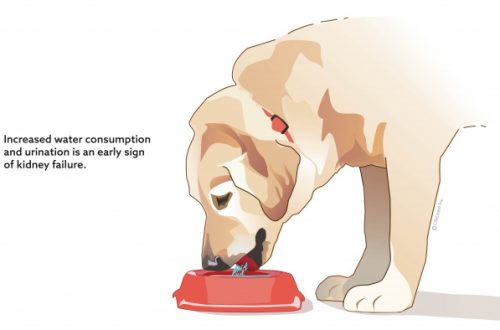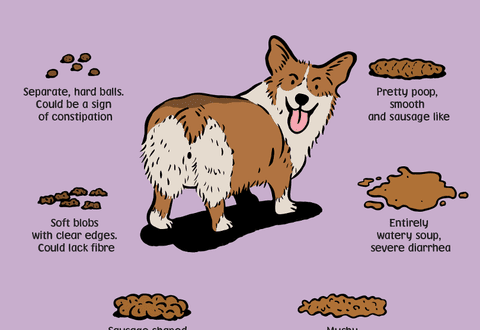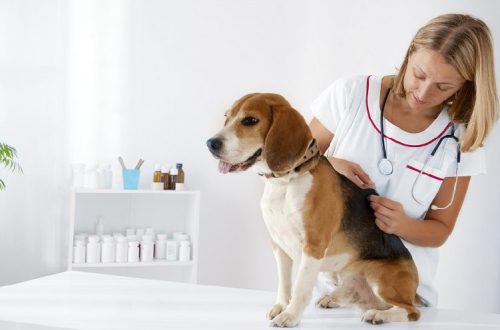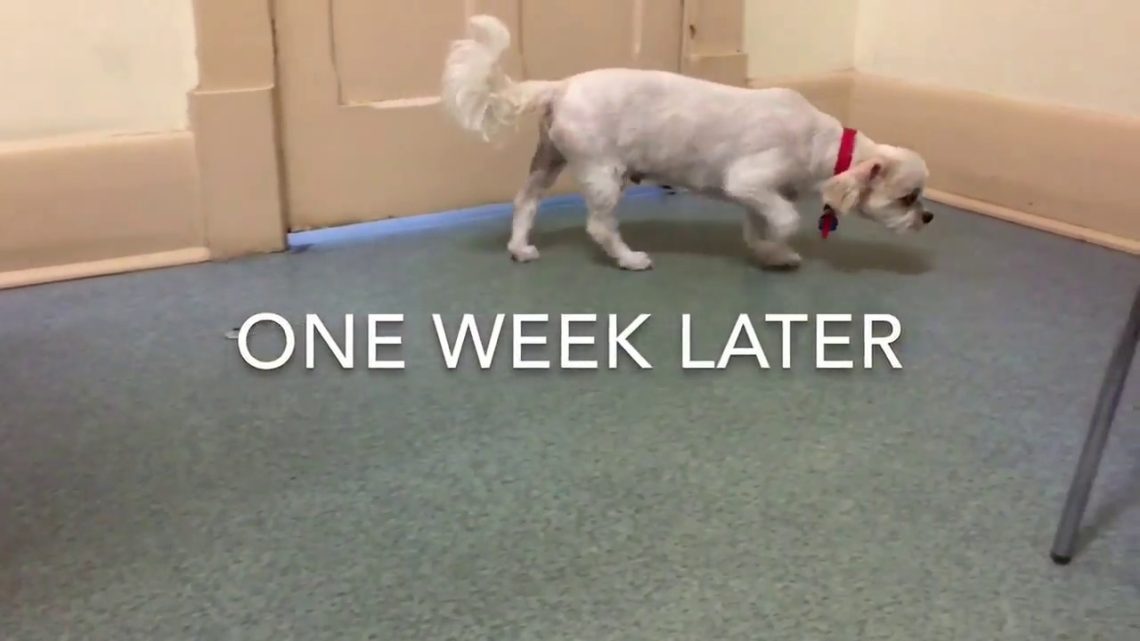
The dog’s hind legs refused – reasons and what to do?

Contents
Reasons why a dog’s hind legs fail
Most often, the cause of paralysis or weakness of the pelvic limbs lies in the disease of the spinal column and nerves. If the disease develops rapidly, then the dog is literally paralyzed before our eyes. If it develops over the years, then complaints begin to appear long before paralysis. The main thing is to see a doctor as soon as possible and find out the cause of this condition.
Consider the common reasons why a dog’s hind legs are taken away.
Intervertebral disc care (discopathy)
The spinal column consists of very strong vertebrae, which take on the function of supporting the entire body, and discs located between them, providing flexibility to the spine. A herniated disc is a pathology in which the nucleus (part of the intervertebral disc) increases in size, protrudes and begins to put pressure on the spinal cord or nerve roots emerging from it.
Discopathy is a chronic disease. In the initial stages, the animal experiences moderate pain, becomes stiff, refuses to climb stairs or jump on sofas, walks reluctantly, and sleeps poorly. One day the dog will not be able to stand on its hind legs, which will indicate the extreme stage of the disease, and then an urgent operation will be required. The earlier the diagnosis is established, the greater the chance of a full recovery.
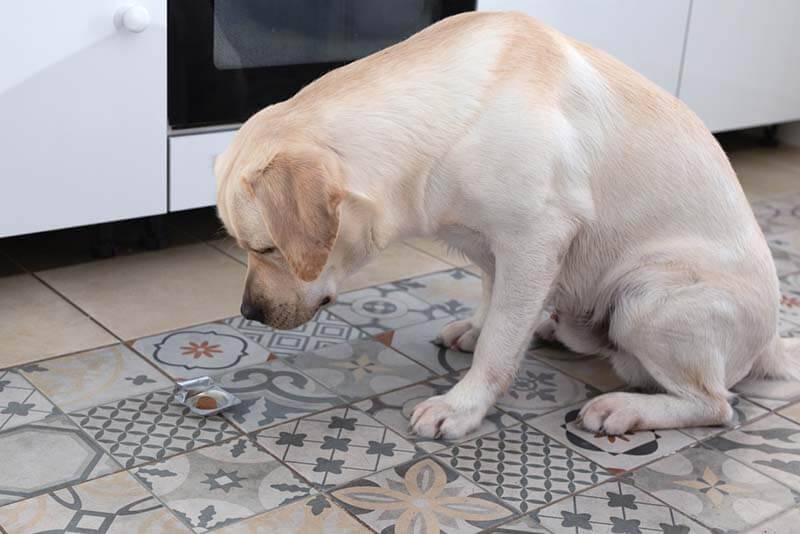
Tumors of the spinal cord and spinal column in the lumbar region
Tumors of the spinal column can be intramedullary (from the substance of the spinal cord) and extramedullary (from the tissues surrounding the spinal cord – roots, blood vessels, meninges). Depending on the location of the tumor, the symptoms will vary. With intramedullary – the dog’s hind legs give way, the sensitivity of the skin and muscles decreases, then paralysis progresses. With extramedullary tumors, early acute pain in the area of the affected roots and a decrease in skin sensitivity are characteristic.
Degenerative lumbosacral stenosis or cauda equina syndrome
A fairly common disease in large dogs. The syndrome occurs due to narrowing of the lumen of the spinal canal due to the development of degenerative processes (destruction). It is assumed that the appearance of the syndrome is promoted by a congenital anomaly of the spinal column – the presence of a transitional vertebra (Hansen’s hernia) or subluxation of the vertebrae. Male German Shepherds are predisposed to the disease. Initially, the owners note that the pet has pain in the sacrum, he is reluctant to move, the dog’s hind legs give way, the tail drops low, its mobility is limited.
Discospondylitis
This is an infectious lesion of the nucleus of the intervertebral disc with the capture of the vertebral bodies and their further deformation (change in shape). The disease is not inherited and can occur in all breeds of dogs, more often in geriatric (older) age. As a result of deformation of the spinal column, the animal experiences pain, sometimes locally at the site of the lesion, sometimes everywhere. If the lesion is in the lumbar region, then the dog’s legs may give way. There is a general depression and signs of intoxication (poisoning).

Physical injury
The appearance of physical injuries can be associated with an unfortunate fall, jump, accident or fights with other animals. As a result of physical impact, there is a violation of innervation (communication with the central nervous system) or a complete rupture of the spinal cord, which leads to the failure of the hind limbs. In severe cases, the dog drags its hind legs, does not feel pain, does not urinate, and cannot control stool control.
Diagnostics
To find out the reason why the dog’s hind legs fail, first of all, a neurological examination of the animal will be required. An assessment of gait, sensitivity of the paws is carried out, neuralgic reflexes are checked. As a rule, already at this stage, the doctor can make a preliminary diagnosis and prescribe additional studies to make an accurate diagnosis and detect the affected focus.
An x-ray will allow you to assess the correct shape of the bones, ligaments and spinal column. It must be done with injuries, this will allow you to see tumors. To evaluate the spinal canal, the method of myelography is used – a study of the spinal cord. In this case, a radiopaque substance is injected into the spinal canal and a series of images is taken, evaluating how it passes. This allows you to diagnose hernias and tumors.
Computed tomography (CT) is a layer-by-layer study of organs using X-rays and computer processing. It allows you to quickly and in detail see the organs and determine the pathology at the initial stage of development, even before changes appear on the X-ray.
Magnetic resonance imaging (MRI) using radio waves and a magnetic field allows you to examine soft tissues, blood vessels, and nerves to the smallest detail. This method also helps to determine changes in the early stages in the most difficult to study organs and determine the volume of inflammatory processes.
If the cause of paralysis lies in neoplasms, age-related changes, or in the elderly age of the pet, then additional studies will be required before prescribing treatment, medication or surgery. This is an ultrasound of the abdominal cavity, a clinical and biochemical blood test, a heart examination. Analyzes are necessary to exclude additional pathologies and contraindications to treatment.

What to do if the dog’s legs are paralyzed?
If the dog’s hind legs are taken away, before going to the veterinarian, you can provide first aid to the animal. Be sure to control urination and defecation (stool). The dog must urinate at least twice a day. If this does not happen, urine will need to be diverted. If it leaks and drips, and the stomach has increased in size, then you can lightly press on it so that the leakage becomes stronger and the bladder is emptied. In situations where urine is not visible at all, and the stomach is enlarged, it is necessary to urgently contact the clinic, since, most likely, catheterization (insertion of a catheter) of the bladder will be required. It’s dangerous to put pressure on him.
This can not be done if the dog’s hind legs have failed:
massage and rubbing. Contrary to popular belief, you should not knead the dog yourself, improper massage or a number of existing pathologies can irrevocably paralyze the pet;
do not allow active movements. Place the dog on a straight, soft surface and limit him in space – use a cage or carrier. It is important that the pet moves as little as possible and does not create additional work for the muscles and spine;
do not give painkillers. Even if the animal is in great pain. Once the medication has taken effect, the dog will become active and may aggravate the injury. Analgesic drugs can be taken only as prescribed by a doctor, and, as a rule, in combination with sedatives (sedatives);
do not apply ice or heat to the suspected injury site;
do not go to non-specialists – breeders, handlers, groomers, human surgeons or masseurs. Each of them has their own responsibilities and knowledge. They do not have the necessary skills and will not be able to help in this situation;
don’t give your dog water. There is a belief that an animal can be cured of paralysis and many other diseases by drinking vodka. This is a malicious myth that has no evidence base. In addition, the pet does not have enzymes that can break down and absorb alcohol, and therefore it is directly poisoned into the blood and all organs. This can cause the dog to die.
The main thing is to create peace, a minimum of movement. The bedding of the pet must be clean and dry to avoid bedsores.

Treatment
If a dog has hind leg failure, treatment will depend on the progress of the disease and its cause.
Surgical treatment is prescribed for fractures of the spine and pelvis, with the development of a hernia. The type of operation is directly related to the diagnosed problem. The first stage is the operation, and then – rehabilitation, removal of inflammation and anesthesia.
In unopened situations, you can only get by with medications. Specialists prescribe anti-inflammatory, antibiotics and even hormones. Therapy is aimed at relieving pain, swelling of muscles or nerves, improving the conduction of a nerve impulse.
And the third important component of treatment is rehabilitation. It can be quite lengthy. Rehabilitation after surgery, injuries or chronic diseases is massage, swimming, physiotherapy. Such procedures improve blood flow, increase muscle strength and teach the dog to walk again. Often it is combined with drug therapy.
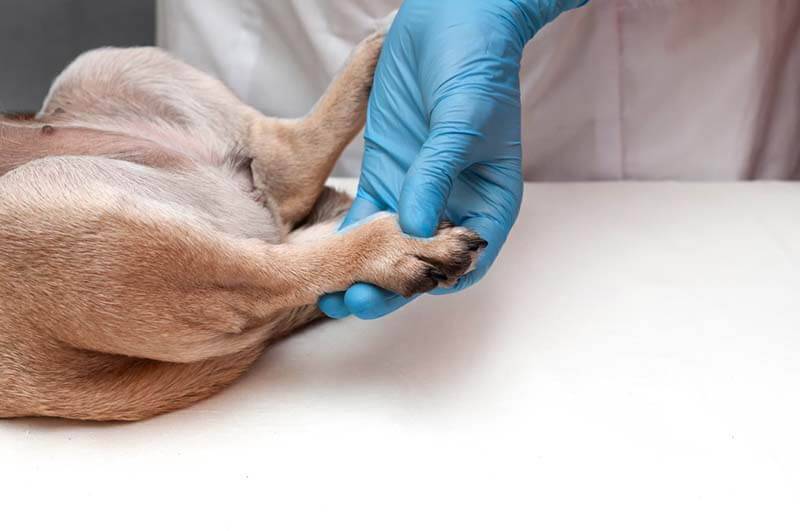
Risk group
Large breeds of dogs are primarily at risk. During the period of active growth, incorrect development of the joints may occur, and already at an early age the pet will have problems with its paws. These are such breeds as St. Bernards, Great Danes of all kinds, German Shepherds, Labradors, Alabai.
Another group of predisposed dogs is artificially bred. Due to the desire of a person to have more pronounced features of the breed, the constitution of the animal was changed beyond recognition – long “dogs-sausages”, brachiocephals with a practically absent nose. Due to many years of selection experiments, some pets are predisposed to spinal diseases from birth. These are dachshunds, corgis, bassets, pugs, Pekingese, French and English bulldogs, sharpei, boxers.
Geriatric patients older than 11-13 years of any breed are also at risk due to the development of irreversible degeneration processes in the joints, nerves and muscles.
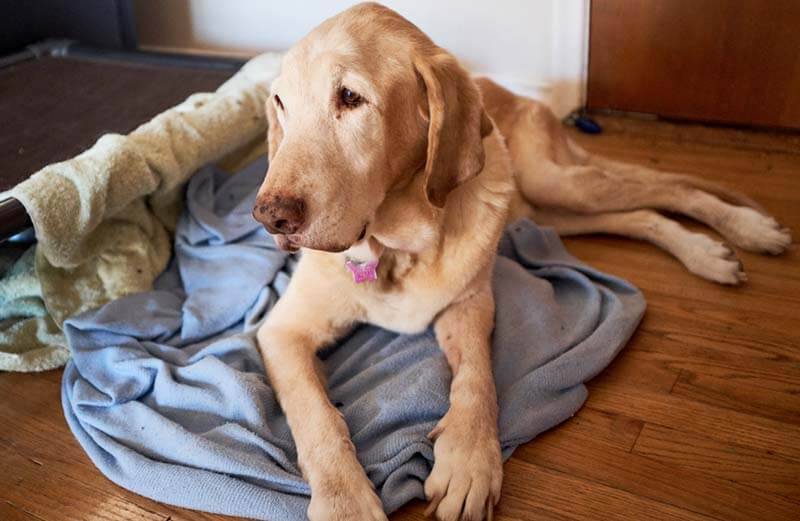
Prevention
Prevention is important from birth. Do not carry out inbreeding, choose mom and dad of the same size, constitution. Ask about the illnesses they have had.
Follow the puppy’s feeding norms – according to the age, size and recommendations of nutritionists for micro and macro elements. Their balance is very important, not just their presence. You can’t just feed a puppy chalk or bone meal and raise a puppy with healthy joints and bones.
It is important for babies of predisposed breeds not to give a high load until 12 months – not to allow them to jump or jump high. Of course, there should be activity, but in moderation. If you doubt that you will be able to independently assess the load of the puppy, contact a rehabilitation specialist, and he will write out an activity program for the pet.
The animal should not gain excess weight. Track the weight and constitution of an adult dog and a puppy and in no case allow obesity.
If you are the owner of a pet with a predisposition to diseases of the joints and spine, regularly undergo examination by a neurologist. The doctor will notice the neuralgic limb deficiency much earlier than the owner. For example, he will understand that the dog’s hind legs are pulling.
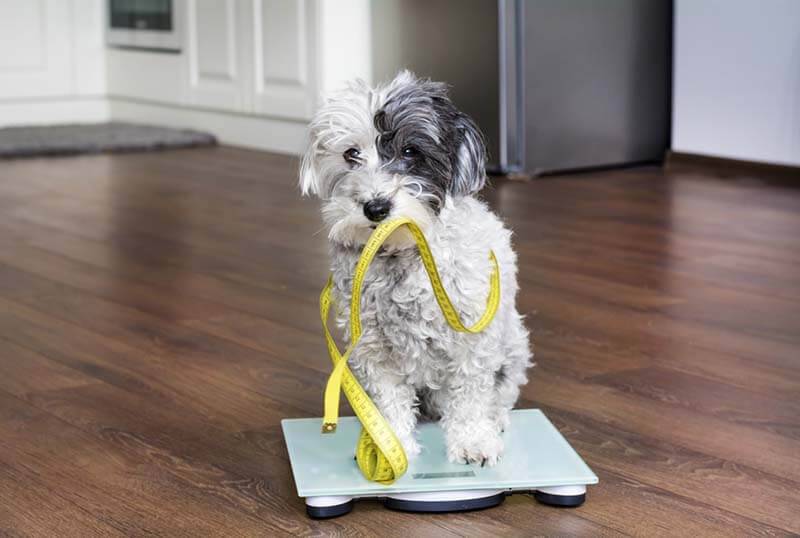
Summary
Before the complete failure of the limbs, other subtle symptoms are already manifested, which are the reason for going to the doctor. So it’s important to note any changes in your dog’s gait – standing up slowly, walking a little, refusing to climb stairs, or not sleeping in bed with you.
If your pet is a long breed or brachiocephalic, eat a balanced diet from childhood, choose an activity plan for health, and visit a veterinary neurologist regularly.
If paralysis has already happened, do not self-medicate, but take the dog to the doctor as soon as possible. At the same time, do not pull the animal, do not shift or massage – peace and lack of physical activity will allow you to deliver the pet to a specialist without additional damage.
Answers to frequently asked questions



